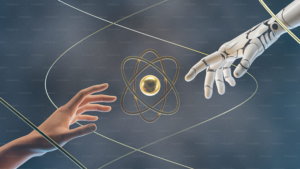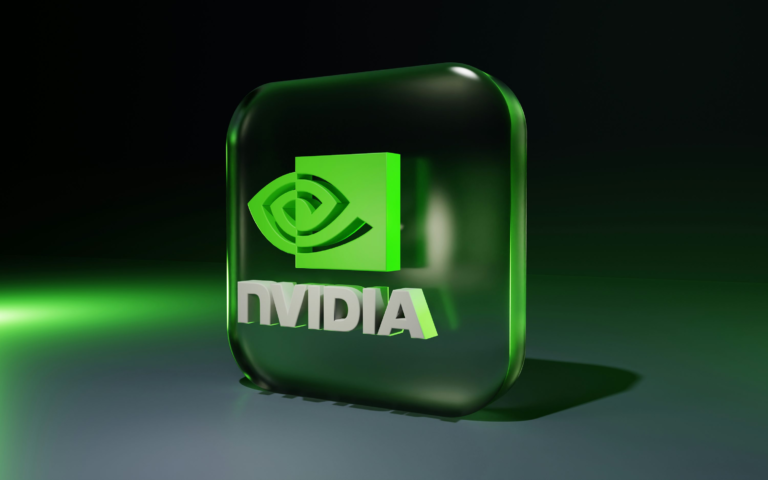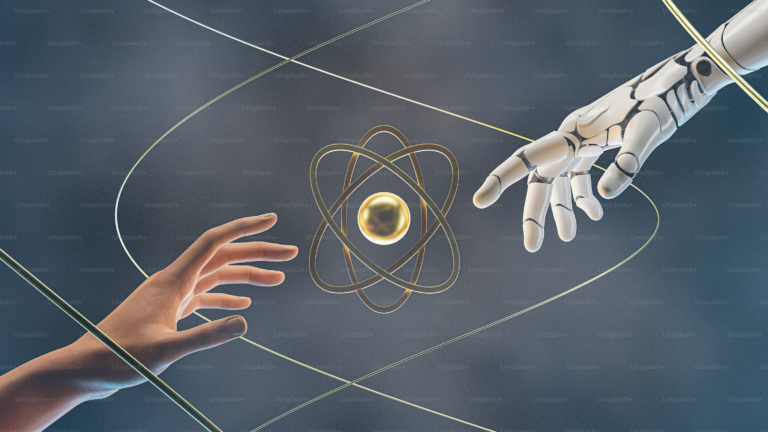The term “Fourth Industrial Revolution” was coined by the founder of the World Economic Forum, a former professor named Klaus Schwab. Schwab wrote a book with that title to describe an era marked by “A technological revolution” that is blurring the lines between the physical, digital and biological spheres.”
Technology like Artificial Intelligence, Autonomous Vehicles or the Internet of Things are becoming ingrained in our day-to-day lives, and even in our bodies. Think of voice activated virtual assistants, face ID recognition or health care sensors. Schwab presented his first vision of the Fourth Industrial Revolution in the World Economic Forum’s Annual General Meeting in Davos in 2016. But to understand the idea, we need to dive deep in the history i.e. The First Industrial Revolution.
http://The%20Data%20Analytics%20BlogThe First Industrial Revolution started in Great Britain in around 1760 and spread to Europe and North America through the early 1800s. It was powered by a major invention, the steam engine. Due to this, new manufacturing processes, the creation of factories and a booming textile industry emerged.
From the late 1800s, the Second Industrial Revolution was marked by mass production and new industries like steel, oil and electricity came in existence. The light bulb, the telephone and internal combustion engine were a few of many major inventions of this era.
The Third Industrial Revolution or the Digital Revolution, occurred in the second half of the 20th century. In just a few decades, we saw the inventions like the semiconductors, the Personal Computers and the internet. Experts say that the main difference between the Third and the Fourth Industrial Revolution is that the technology is merging more and more with human’s lives and that technological change is happening faster than ever.
Surprisingly, it took 75 years for 100 Million users to adopt the telephone. Instagram signed up 100 million users in just 2 years, while Pokemon Go caught that amount in 1 month. 3D Printing is just one example of fast-paced technology in the Fourth Industrial Revolution. The Industry has gone from a business idea to a real big business with 3D printer shipments which was 200,000 in 2015 and reached to 2.4 Million in 2020.Today, you can have a hip replacement from a 3D printed bone or use a 3D printed bionic arm.
http://Nonteek.comThis new era of technology is driving a lot of innovation. Organisations are embracing new technologies to make their businesses more efficient, similar to how they embraced the steam engine during the First Industrial Revolution. But some companies and governments are struggling to keep up with the fast past of technological change. Research shows innovators, investors and shareholders benefit the most from innovations. The risk is that The Fourth Industrial Revolution is making inequality, which is already a big issue or even worse. One Study found that billionaires have driven almost 80% of the 40 main breakthrough innovations over the last 40 years. That’s a problem when the richest 1% of households, already owns nearly half of the world’s wealth.
Experts warn, we are in a “winners-takes-all” economy, where high skilled workers are rewarded with high pay and the rest of workers are left out. Studies confirm technologies like AI will eliminate some jobs and create demand for ne skills that many workers don’t have.








